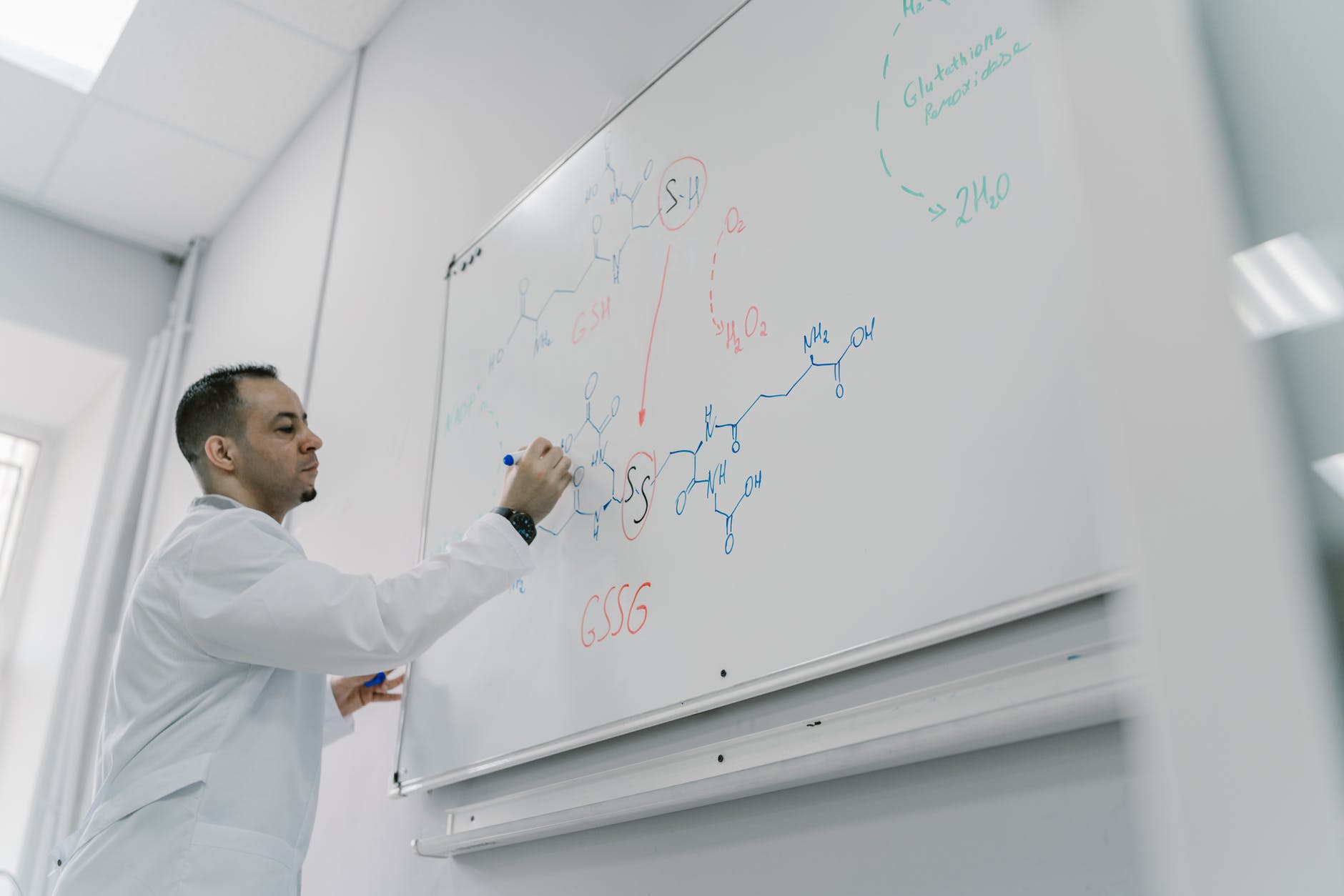Amanda Holton from UC Irvine Chemistry presented “A Solution to the Pitfalls of Preparatory Courses” at ITLC Lilly 2022. Holton teaches chemistry courses with 250-400 students. The student demographics at UC Irvine include 98% first-year college students, 37% Asian, 15% White, and 25% Hispanic. UC Irvine is considered a Hispanic Serving Institution and has ~60% first-generation students. Holton mentioned several challenges and expectations: most UCI students graduated top 10% of their class and lack study skills. Holton explained that they have tried several things to improve outcomes. Prior to 2019, they established a prerequisite course (1P). The prerequisite included placement testing, self-selection, and an online module option for students to waive 1P. The data on Chemistry 1P was “shown to have no impact on students, and in fact students would be better off taking 1A and failing than taking 1P.” Holton asked: “why do you think this is seen in prep classes? What do you see in your classes if you have a similar thing?” Holton explained some reasons and challenges. Placed students “off sequence” had to take Chemistry 1C 2x speed in the summer because of Biology requirements, for example. There were expectation and study skills problems (“attribution errors) that were likely driving lower performance. There were also some motivation and confidence issues. During the discussion, the audience mentioned supplemental instruction, peer review sessions, and graduate students helping facilitate study sessions.
They created a separate course called Chem 1X. Chemistry 1X is taken concurrently with 1A and contains “significant metacognitive discussions.” The idea, explained Holton, was to expose students to the problems first in 1X and provide encouragement to revisit them in 1A. The 1X class was in an active learning classroom with one professor with 400 students and 5 undergraduate peer assistants. For 1X, they designed three midterm exams before the exams for 1A. In 1X, they also spent time reviewing and providing feedback. Holton shared that students in 1X outperformed previous years with no 1X. The student populations compared happened to be very similar. Holton explained that measuring retention was very difficult because of the challenges with changes due to the pandemic and BLM protests. Holton briefly talked about a comparison of the online and in-person versions of the course, mentioning that the online course had lower outcomes. The Chemistry 1X course counted for workload credit for financial aid and was pass/fail. They mentioned some of the issues with it being pass/fail and before grade-based: when it was graded, students focused too much on the grade for their GPA. However, the pass/fail resulted in some students aiming for the minimum to pass. The class is optional and there was discussion about legal and institutional requirements for prep courses. This session was intriguing and supported by evidence from large courses.



